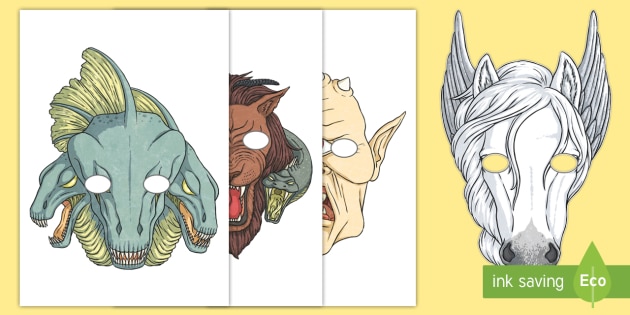
This is yet another example where art and literature precede scientific research and development. Creatures are supernatural beings with different powers and abilities, and come. Greek mythology is famous for its many fantastical creatures, which feature widely at pivotal moments in Greek myths and epic poems. The second generation of Titans were the incestuous offspring of the first twelve.

There were twelve giant Titan gods, six brothers and six sisters living on Mount Othrys. Bellerophon and the Chimera By Unknown artist. The first generation of Greek Titans and Titanesses, were the children of the Protogonoi (first born gods) Uranus (Heaven) and Gaea (Earth). Chimeric technology is recently developed however, the concept of chimerism has existed in literary and artistic form in ancient mythology. The Most Famous Creatures from Greek Mythology. Late in the 1990s, legal, political, ethical, and moral fights loomed over a patent bid on human/animal chimeras. Early in the 1980s, experimental sheep/goat chimeras were produced removing the reproductive barrier between these two animal species. and thereafter, to rationalize their mythical appearance were in vain their chimeric nature retained its fascinating and archetypal form over the centuries. The bullheaded-man Minotaur, who is not certainly attested in the literary evidence until circa 500 B.C., first appears in art about 650 B.C.

The Centaurs, as horse/men, first appear in Geometric and early Archaic art, but in the literature not until early in the fifth century B.C. In addition to this interspecies animal chimera, human/animal chimeras are referred to in Greek mythology, preeminent among them the Centaurs and the Minotaur. "The Chimaera" in Homer's Iliad, "was of divine stock, not of men, in the forepart a lion, in the hinder a serpent, and in the midst a goat, ellipsis Bellerophon slew her, trusting in the signs of the gods." In Hesiod's Theogony it is emphasized that "Chimaera ellipsis had three heads, one of a grim-eyed lion, another of a goat, and another of a snakeellipsis".


 0 kommentar(er)
0 kommentar(er)
